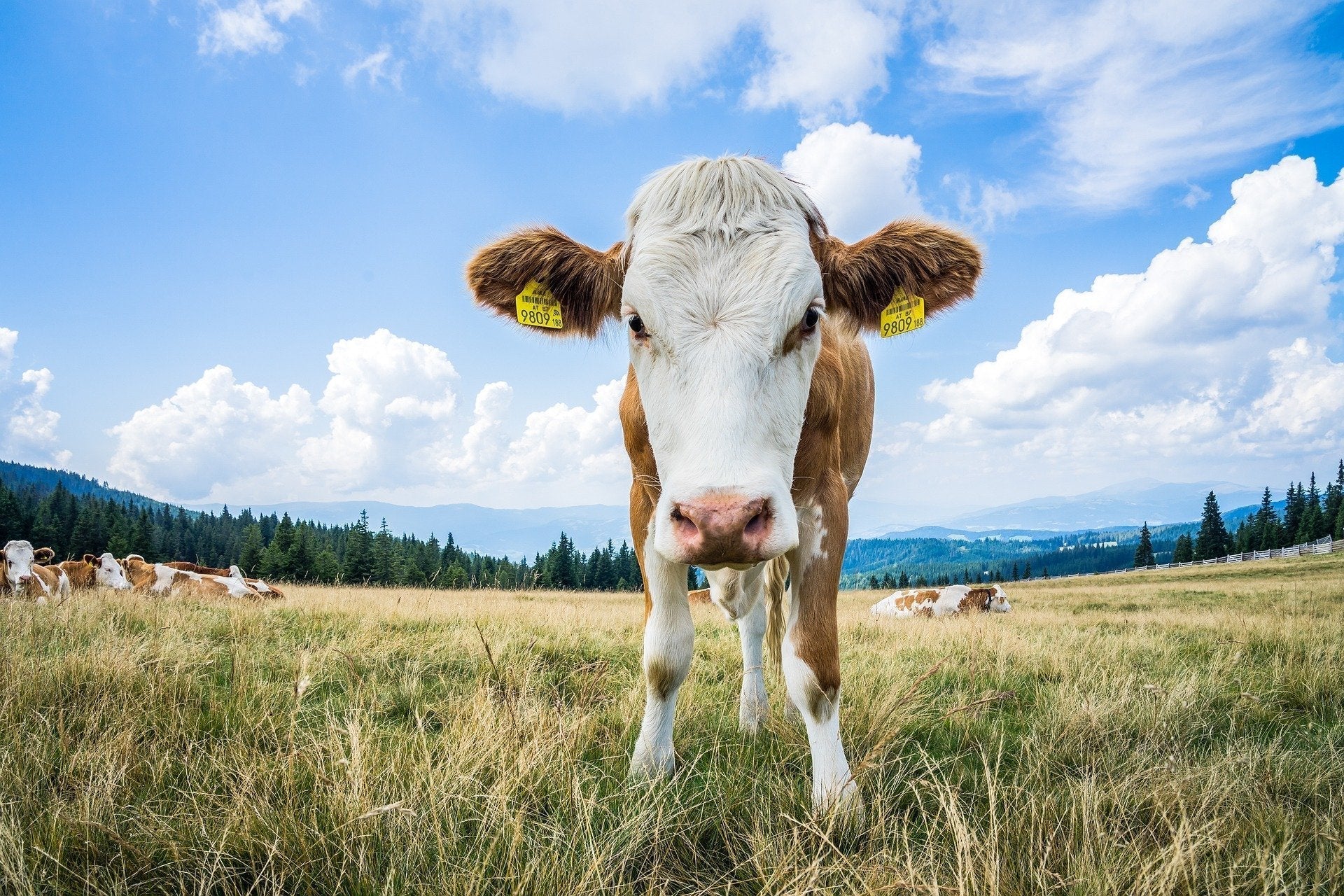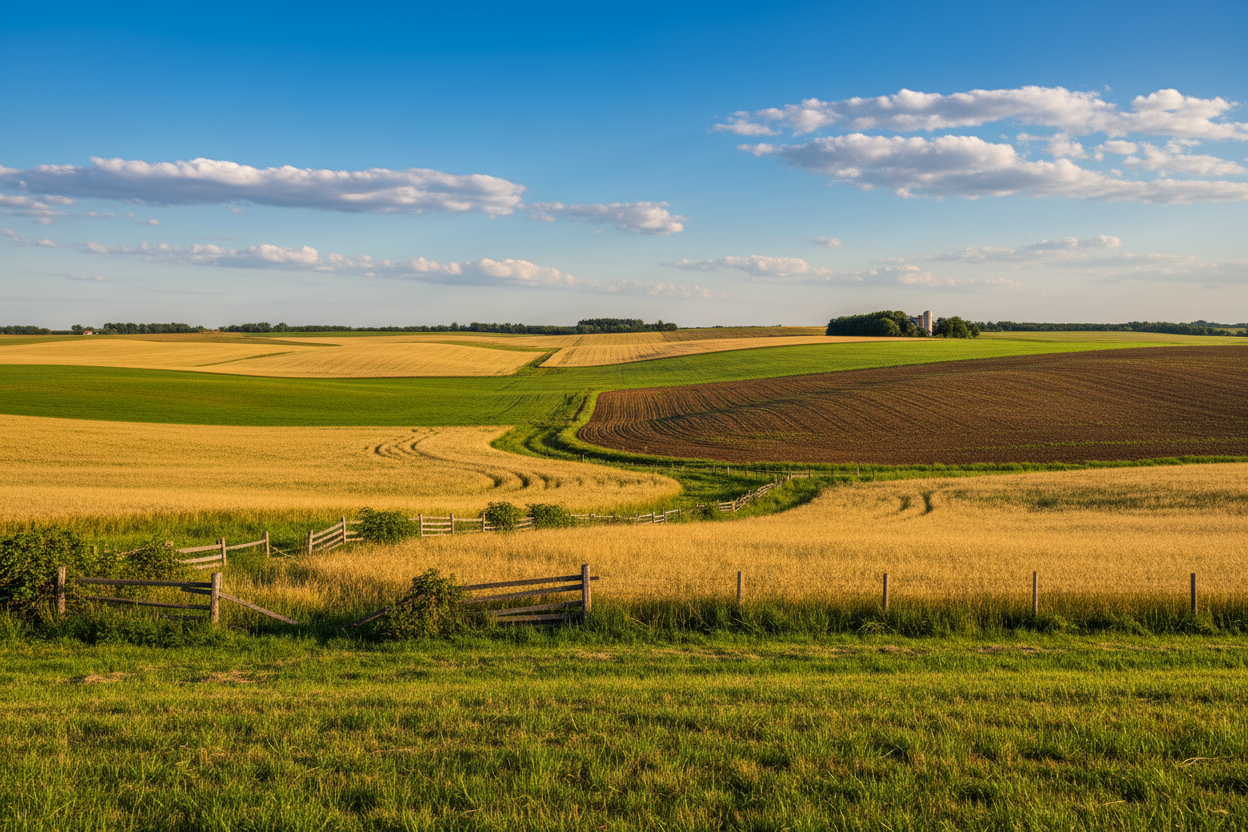Why Meat Prices Are Rising—and What It Means for You
If you’ve been to the grocery store lately, you’ve probably noticed that meat costs more than it used to. From ground beef to pork chops and chicken, prices have climbed steadily over the last few years—and not just by a few cents. For many families, it’s made meal planning and budgeting more challenging than ever.
But what’s really behind the increase, and how does it affect both everyday consumers and small producers like us?
The Real Reasons Behind Higher Meat Prices
Several factors have combined to push prices upward across the entire meat industry:
-
Feed and Fuel Costs – The cost of grain, hay, and fuel has surged, and since most conventional livestock rely heavily on feed and transportation, that cost gets passed down to the consumer.
-
Drought and Weather Patterns – Unpredictable weather has reduced grazing land and feed availability, shrinking herd sizes and driving up supply costs.
-
Processing and Labor Shortages – Many meatpacking plants and trucking companies are still catching up from labor shortages that started during the pandemic. With fewer workers, processing and distribution costs rise.
-
Corporate Consolidation – A handful of large processors control much of the U.S. meat industry. When their costs go up—or when they choose to raise prices—it ripples through the entire supply chain.
How It Impacts Consumers
For most shoppers, higher prices mean tough choices at checkout. Some families are buying less meat, switching to lower-quality options, or stretching their meals with more fillers and sides. But the quality trade-off can be significant—especially when cheaper, industrial meat often comes with more antibiotics, hormones, and less nutritional value.
What You Can Do
Consumers still have power. Buying from small, direct-from-the-farm producers helps stabilize prices over time and supports more sustainable ranching. Grass-fed and pasture-raised operations, like Slanker’s, don’t rely on high-cost feedlots or corporate processors, which helps buffer some of the price swings.
When you buy directly from the ranch, more of your dollar goes toward ethical animal care, land stewardship, and real nutrition—rather than middlemen and transport costs.
The Bottom Line
The rising price of meat reflects a larger issue in how our food is produced and distributed. But it also highlights the value of transparency and local sourcing. Supporting regenerative, pasture-based systems isn’t just better for the environment—it’s one of the best ways to protect your family’s food quality and long-term affordability.
At Slanker’s Grass-Fed Meats, every cut of beef comes from local, family-run farms that share our commitment to raising animals the right way—on open pastures, without grain, hormones, or unnecessary additives. We partner directly with ranchers who care for their land and livestock, ensuring every bite is nutrient-rich, sustainable, and full of real flavor.
Ready to taste the difference? Click here to see our beef and explore our full line of 100% grass-fed, grass-finished cuts.



